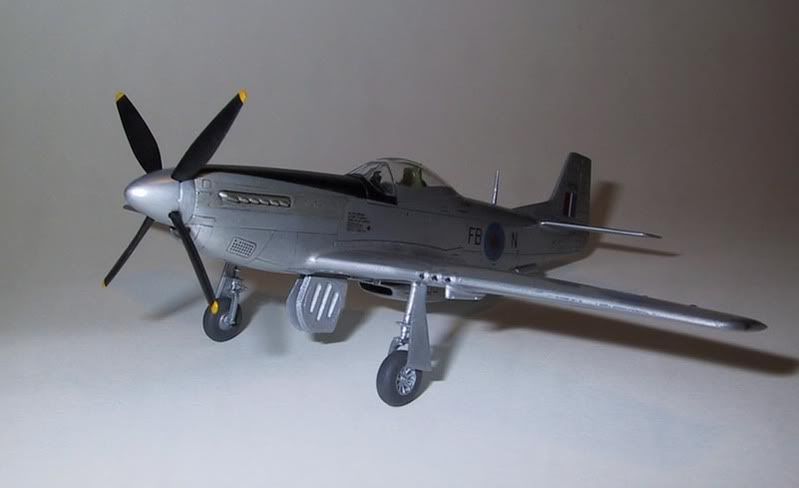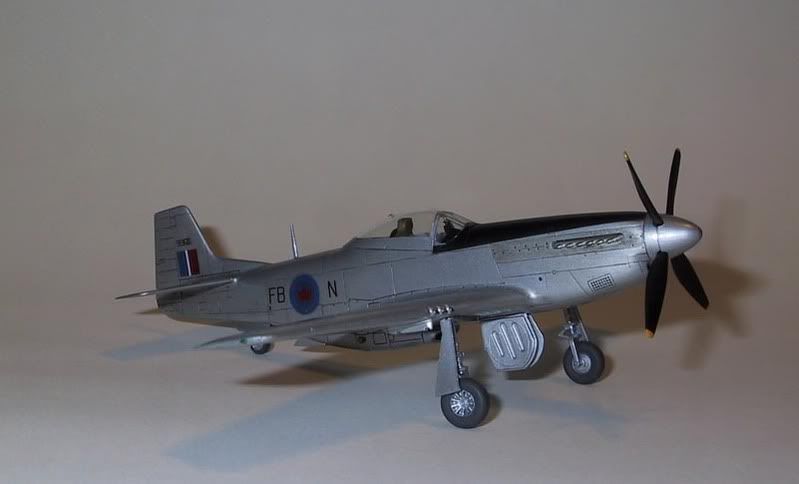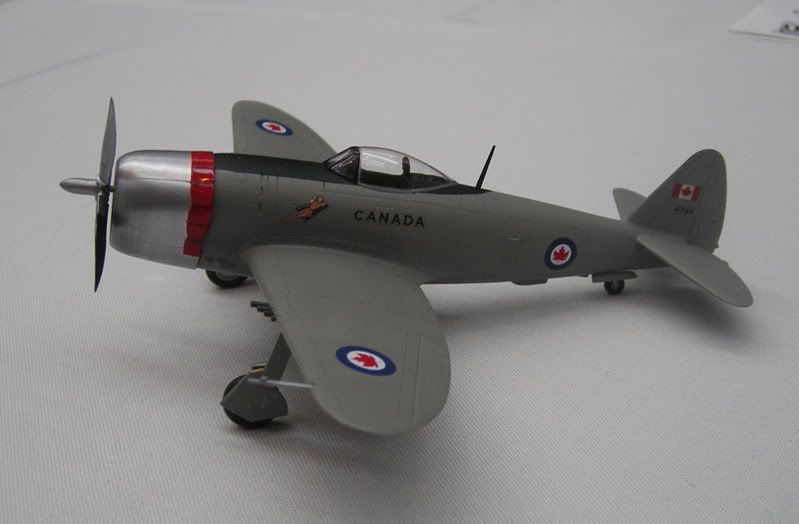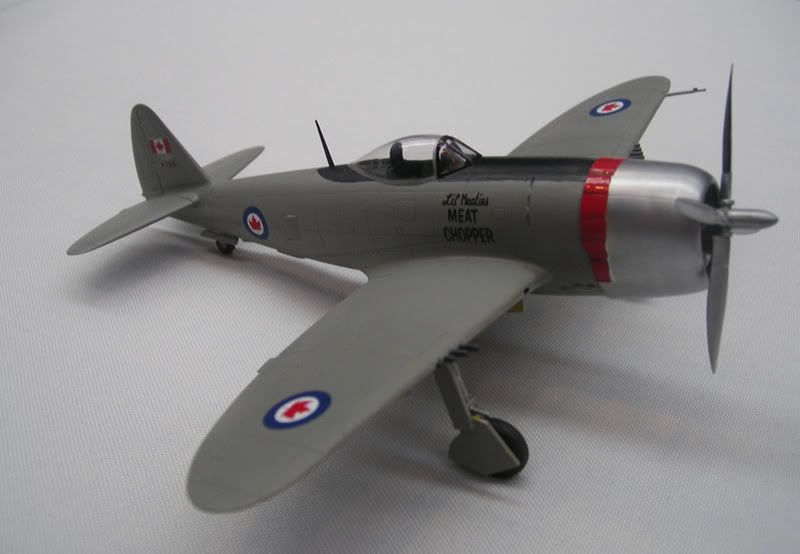
This book is the first in a new series of modeling books by Osprey and is a basic introduction to modeling the Harrier. This 80 page soft cover book opens with an introduction to the Harrier in model form, and follows it up with a chapter on tools of the trade. Then the fun starts. The third chapter takes the old Airfix 1/72 P. 1127 kit and brings it up to a more current standard. The author does a good job illustrating basic modeling and scratch building techniques, but unfortunately builds the Harrier with the outriggers on backwords. Oops! The fourth chapter is a gallery of 1/72 scale Harrier models with some very interesting schemes. We now get to the 1/48 section of the book with a chapter on scratch building a Harrier cockpit, and a set of landing gear for the 1/48 Airfix GR. 3. This chapter also explains weathering techniques and figure painting. We then have a gallery of 1/48 scale Harriers including a series of spectacular Harriers by Piero de Santis. The next chapter deals with the big one…the 1/24 scale Airfix Sea Harrier. A full build of this big Harrier is covered and the modeler does an excellent job of hand painting this monster! To close out the modeling section of the book, a short chapter is devoted to display bases and dioramas. The last three chapters are a wrap up of available kits, a references section, and a short walk around of a RAF Harrier GR. 7. There is a flap in the book with some paint chips of various Harrier schemes. The book is illustrated throughout with many excellent colour photos.
Unfortunately, I do have a few complaints with the book. The first is that in a few of the chapters models are shown but never appear as a finished product. For example the 1/48 Harrier GR. 3 is never shown as a finished model and appears in a few photos in the late 80s gray scheme. Also, some of the kit recommendations are interesting. In 1/72 the book recommends the Hasegawa series of Harrier Is as best in the scale. Unfortunately, these kits have some shape problems in the nose area. Most contend that the Esci/Italeri 1/72 Harriers are the best in the scale. Also, the nice 1/48 Monogram AV-8A is never mentioned in the book. Lastly, many European modeling products are mention that may not be available to U.S. modelers. Too bad some English to U.S. modeling translation wasn’t supplied.
Even though this book isn’t perfect, I enjoyed it and I recommended it to anyone who wants to know more about modeling the Harrier. I look forward to future books in the series.







